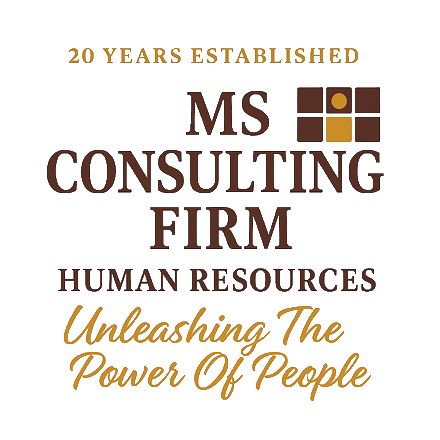HR Trends and Best Practices: Staying Ahead of the Curve

The HR trends and best practices landscape is constantly evolving, making it essential for HR professionals to stay informed about emerging trends and best practices. Let’s explore key strategies to keep your organization ahead of the curve.
Staying Up-to-Date with HR Trends
To remain competitive, HR professionals must be proactive in identifying and understanding industry trends.
- Attend industry conferences and webinars: Network with peers and learn about the latest developments.
- Leverage online resources: Follow HR influencers, blogs, and publications.
- Join professional associations: Participate in industry discussions and access valuable resources.
- Conduct internal surveys: Gather employee feedback on emerging trends and preferences.
- Analyze industry data: Stay informed about labor market trends, economic indicators, and demographic shifts.
Staying informed about HR trends is crucial for HR professionals to remain agile and competitive. By actively seeking out new information through conferences, online resources, professional associations, employee feedback, and industry data, HR can anticipate challenges, capitalize on opportunities, and drive organizational success.
Benchmarking HR Practices
Benchmarking involves comparing your HR practices to those of other organizations to identify areas for improvement.
- Identify key performance indicators (KPIs): Determine the metrics that matter most to your organization.
- Select comparison groups: Choose organizations with similar characteristics for benchmarking.
- Collect and analyze data: Gather data on HR metrics and identify performance gaps.
- Implement best practices: Adopt successful strategies from high-performing organizations.
- Continuous monitoring: Track progress and adjust benchmarks as needed.
Benchmarking is a powerful tool for HR departments to identify areas for improvement and enhance overall performance. By comparing HR practices against industry standards, organizations can set realistic goals, implement best practices, and drive continuous improvement.
Leveraging HR Analytics
Data-driven decision-making is essential for modern HR. HR analytics provide valuable insights into workforce performance and trends.
- Identify key metrics: Determine the data that will inform your HR strategy.
- Collect and analyze data: Gather HR data from various sources and extract meaningful insights.
- Visualize data: Use dashboards and reports to communicate findings effectively.
- Make data-driven decisions: Use insights to inform HR strategies and initiatives.
- Share insights: Communicate findings with stakeholders to demonstrate HR’s value.
HR analytics empowers organizations to make data-driven decisions that optimize workforce performance and drive business success. By identifying key metrics, collecting and analyzing data, visualizing insights, and sharing findings, HR can transform from a cost center to a strategic partner that delivers measurable value.
By staying informed about HR trends, benchmarking your practices, and leveraging HR analytics, you can position your organization for success in an ever-changing business environment.

Recent Comments